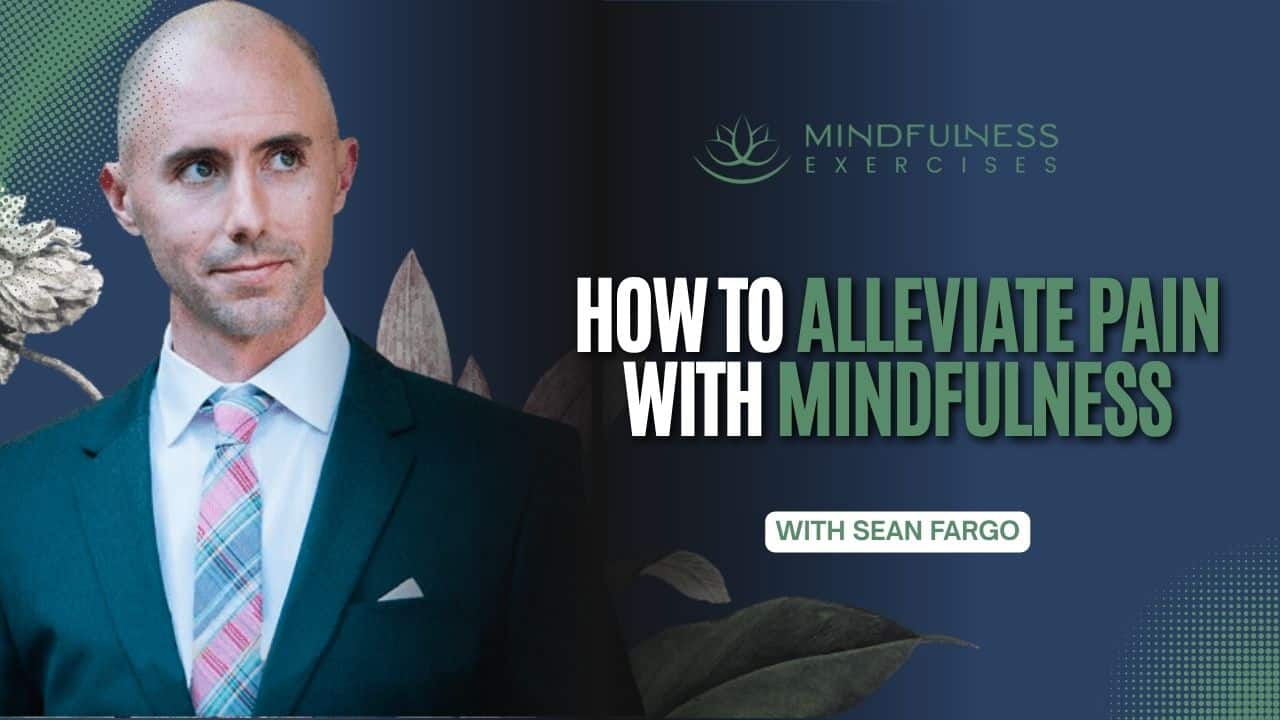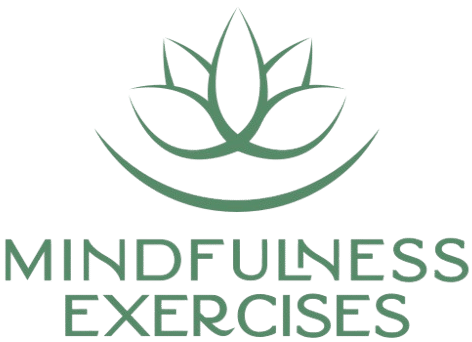Listen now

It may seem counterintuitive to bring awareness to pain — especially when the natural instinct is to escape or numb it. But mindfulness offers a powerful alternative: a way to stay gently connected to our body and breath, even in the midst of discomfort. In this episode, Sean Fargo explores how mindfulness practice helps people approach pain with courage, non-judgment, and compassion. By learning to be with our full experience — including pain — we can shift our relationship with it, and often ease the intensity over time.
This talk is especially valuable for mindfulness teachers, healthcare professionals, or anyone seeking a mindful path through physical or emotional pain.
Sponsored by our Mindfulness Meditation Teacher Certification Program
MindfulnessExercises.com/Certify
What You’ll Learn in This Episode:
Show Notes:
Why bringing attention to pain can be a healing act
While most people want to avoid pain, mindfulness invites us to explore it — not to fix or tolerate it, but to simply notice it with curiosity. Sean explains how this shift in perspective helps reduce the struggle, making pain feel less overwhelming and more manageable.
How to approach pain without judgment or resistance
Using the example of knee pain, Sean describes how we can gently bring awareness to the painful area — or to the regions around it — with a sense of openness and kindness. By softening our mental resistance, we reduce the added layer of suffering that comes from labeling pain as “bad” or “wrong.”
Techniques for working with overwhelming sensations
Mindfulness doesn’t mean forcing ourselves to sit with unbearable pain. Sean shares how to skillfully back off when needed — shifting focus to the breath, to adjacent body parts, or to sensations that feel neutral — while still staying grounded in the body.
How to build the capacity to stay with discomfort over time
Like strengthening a muscle, our ability to stay present with pain grows gradually. Sean outlines how a step-by-step approach — starting with small discomforts and moving gently toward more intense ones — helps practitioners build resilience and compassion.
The role of self-compassion and emotional honesty
Instead of pretending pain isn’t there or feeling trapped by it, mindfulness helps us acknowledge it honestly and kindly. Sean emphasizes the importance of engaging with our real-life experience — not to “accept” pain passively, but to meet it with courage and care.
How much to practice and how long it takes
Sean recommends starting with 10–15 minutes per day, even as little as one minute if that’s all that’s manageable. With consistent practice (three to four times a week for eight weeks), most people begin to experience meaningful benefits. Like going to the gym, the effects build gradually.
When mindfulness may need modification for safety
While mindfulness is generally safe, Sean notes that those with PTSD, schizophrenia, or certain mental health conditions may need extra care. Tailored practices, therapeutic support, and a slower pace can make mindfulness both safe and healing for those with sensitive backgrounds.



